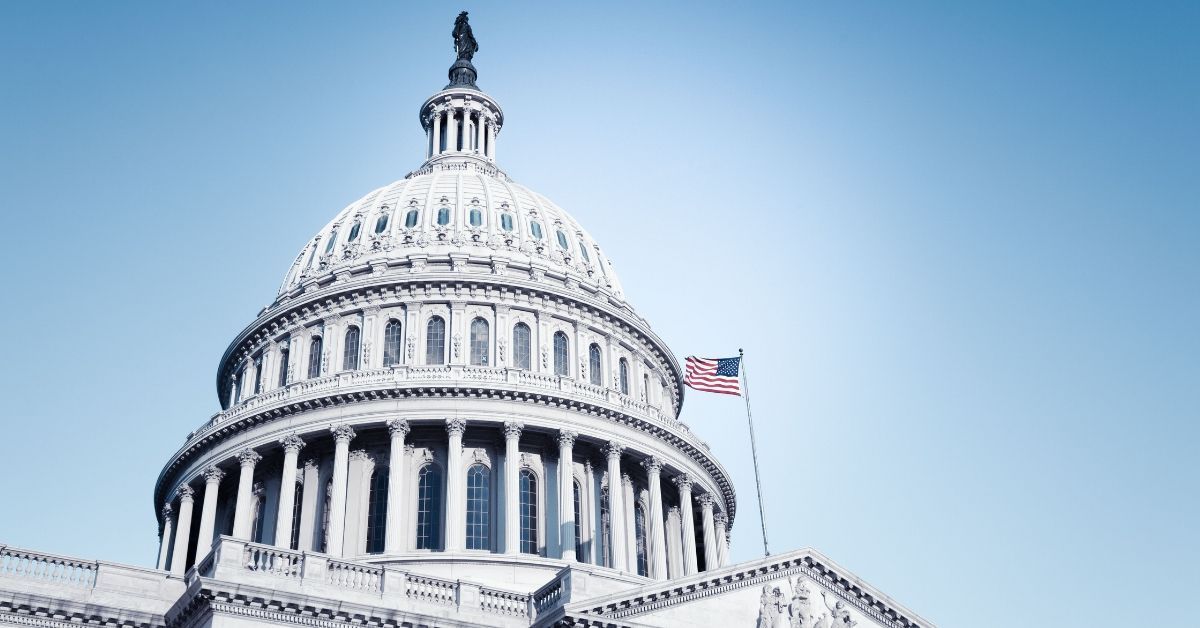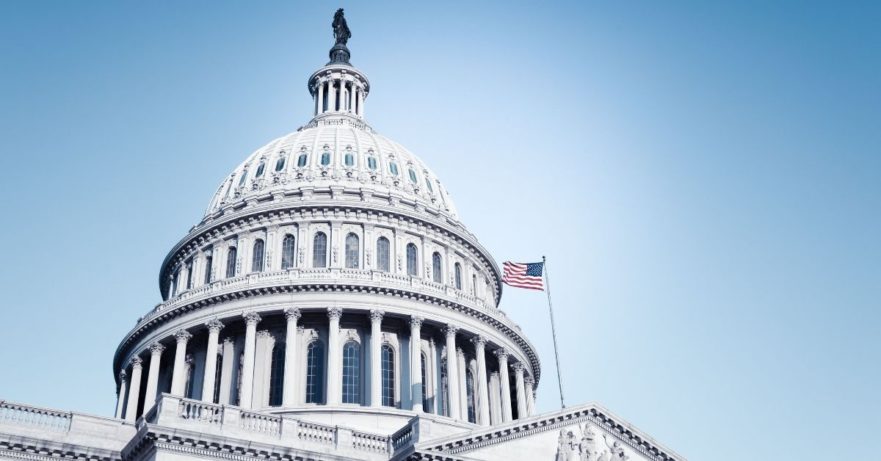
Update: This post describing the changes made to the initial Paycheck Protection Program Act with the enactment of the Paycheck Protection Program Flexibility Act originally appeared on June 4, 2020. It has now been updated to include additional rule changes issued through the Joint Statement and Seventeenth Interim Final Rule on June 8, 2020.
As expected, additional legislation providing for greater flexibility and other enhancements to the Payment Protection Program is on its way. Having passed the House quickly in a near-unanimous 417 to 1 vote on May 28, the Paycheck Protection Program Flexibility Act of 2020 (HR 7010) made its way to the Senate for approval, which passed by unanimous consent the evening of June 3. It was signed into law on June 5 by President Trump.
The provisions of the bill are effect retroactively, as if they were included in the initial PPP signed into law on March 27.
Here are the key provisions of the Paycheck Protection Flexibility Act as supplemented by the Seventeenth Interim Final Rule.
Eight-week covered period extended
As anticipated, HR 7010 extends the covered period, which initially applied to expenses incurred within the eight weeks following the loan origination date, to the earlier of December 31, 2020, or 24 weeks.
This was a no-brainer, as most lawmakers on both sides saw the eight-week covered period as a severe limitation once the PPP was underway and businesses slow to reopen. However, borrowers who received a PPP loan prior to June 5, 2020 (the effective date of HR 7010) may elect to use the eight-week covered period (eight weeks following the receipt of loan proceeds).
Lowers payroll expense requirement
The 75% payroll cost requirement proved to be very restrictive for certain types of businesses, especially those whose nonpayroll costs constituted a more significant portion of their expenses. A proposal to eliminate the payroll cost requirement ultimately gave way to a modified version that was more likely to pass the Senate. The measure reduces the payroll cost requirement to 60%, allowing borrowers to spend up to 40% of their PPP loan proceeds on nonpayroll costs.
Update: The new Final Rule amends the SBA rule requiring that not more than 40% of the loan forgiveness amount be used to pay for non-payroll expenses. If a borrower uses less than 60% of the loan amount for payroll costs, the borrower will continue to be eligible for partial loan forgiveness, subject to at least 60% of the loan amount forgiveness amount having been used for payroll costs.
All PPP recipients are eligible for payroll tax deferral
HR 7010 clarifies a provision of the CARES Act that allows employers and self-employed individuals to defer payment of the 6.2% payroll tax on wages paid between the date of enactment and December 31, 2020. Deferred payments are due in equal installments by the 31st of December in 2021 and 2022.
Originally, PPP loan recipients were not allowed to utilize the tax deferral provision, but HR 7010 opens the provision to PPP loan recipients who have already received loan forgiveness.
Extension of rehiring deadline
Borrowers can use the 24-week period to restore their workforce levels and wages to the pandemic levels for full forgiveness. This must be done by December 31, 2020, a change from the previous deadline of June 30.
The legislation includes two new exceptions allowing borrowers to achieve full PPP loan forgiveness even if they do not fully restore their workforce. Previous guidance already allowed borrowers to exclude from those calculations employees who turned down good faith offers to be rehired at the same hours and wages as before the pandemic. The new bill allows borrowers to adjust because they could not find qualified employees or were unable to restore business operations to Feb. 15, 2020, levels due to COVID-19 related operating restrictions.
Loan Term
The House bill extends the unforgiven portion of a PP loan from 2 years to not less than 5 years.
Update: For new loans, the maturity period is now a minimum of five years, compared to the original two-year term established by the SBA. This applies to loans obtained after the passage of the PPP Flexibility Act (June 5, 2020), but borrowers and lenders could agree to extend the terms of any loan made before June 5, 2020.
Extend PPP loan application loan deadline
Under HR 7010, businesses would have until December 31, 2020, to apply for a PPP loan.
Update: The new Interim Final Rule state that the SBA will not accept PPP applications after June 30.
New Update: On July 4, 2020, President Trump signed into a law an extension of the PPP application period to August 8.
“Otherwise deductible expenses” still not deductible
It was anticipated that the new measure would address the issue of “otherwise deductible expenses” and whether they would still be deductible if the PPP loan is forgiven. Although it was not addressed in HR 7010, there appears to be a consensus on the Senate side for clarifying the treatment of these expenses. At this point the IRS is not budging on their position and it will take an act of Congress to change the IRS’ position.
And . . .
The PPP forgiveness requirements seem to be changing weekly, and there will be continuing updates and corrections. The SBA had already issued their forgiveness forms and instructions, which now need to be changed, and with that probably more clarification. Stay tuned as we follow this legislation and its ramifications over the summer.
Want to RECEIVE COVID-19 UPDATES?
Enter your email below and we'll keep you updated!






